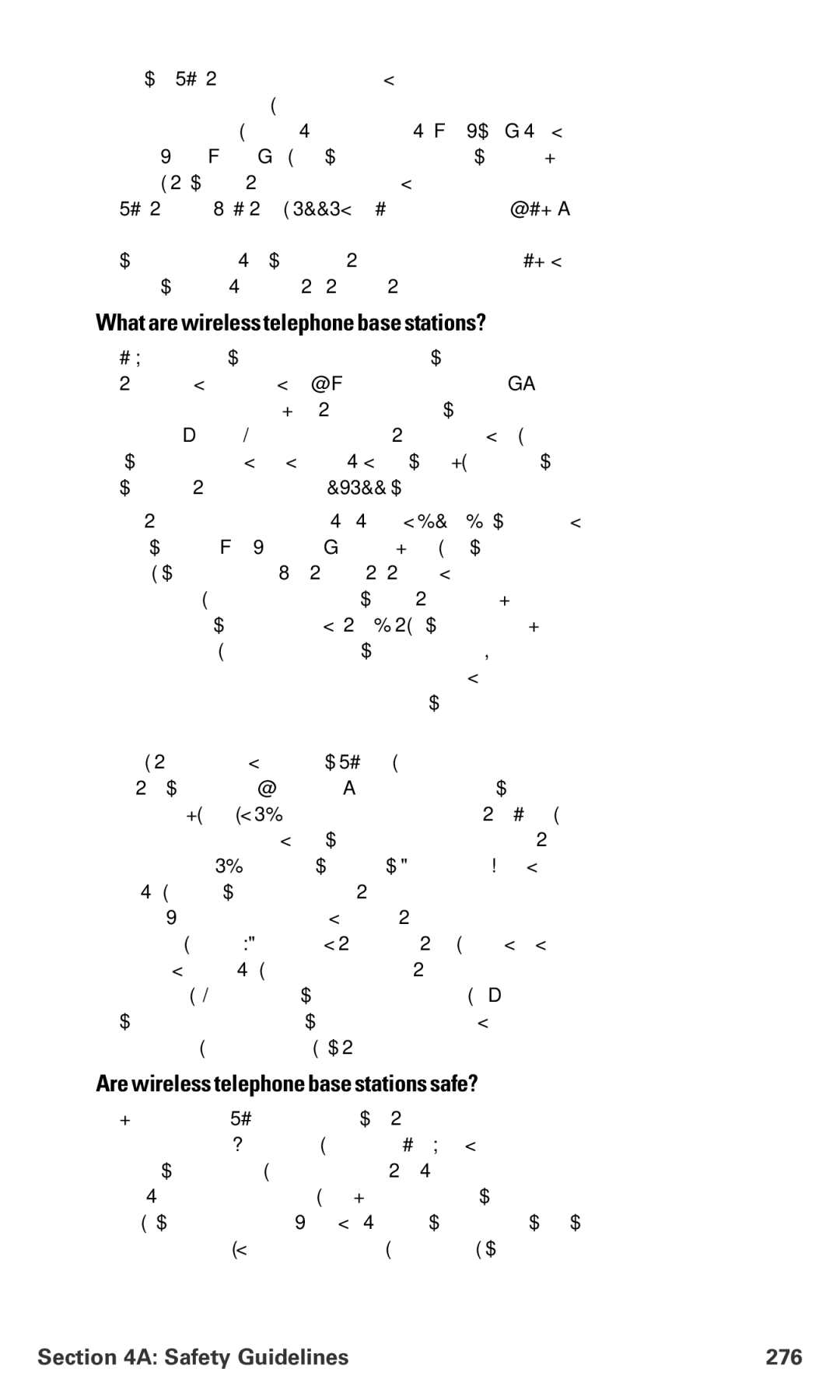user from RF absorption use special phone cases, while others involve nothing more than a metallic accessory attached to the phone. Studies have shown that these products generally do not work as advertised. Unlike
What are wireless telephone base stations?
Fixed antennas used for wireless telecommunications are referred to as cellular base stations, cell stations, PCS (“Personal Communications Service”) stations or telephone transmission towers. These base stations consist of antennas and electronic equipment. Because the antennas need to be high in the air, they are often located on towers, poles, water tanks, or rooftops. Typical heights for freestanding base station towers are
Some base stations use antennas that look like poles, 10 to 15 feet in length, that are referred to as
At any base station site, the amount of RF energy produced depends on the number of radio channels (transmitters) per antenna and the power of each transmitter. Typically, 21 channels per antenna sector are available. For a typical cell site using sector antennas, each of the three transmitting antennas could be connected to up to 21 transmitters for a total of 63 transmitters. However, it is unlikely that all of the transmitters would be transmitting at the same time. When
Are wireless telephone base stations safe?
The electromagnetic RF signals transmitted from base station antennas stations travel toward the horizon in relatively narrow paths. For example, the radiation pattern for an antenna array mounted on a tower can be likened to a thin pancake centered around the antenna system. The individual pattern for a single array of sector antennas is
Section 4A: Safety Guidelines | 276 |
